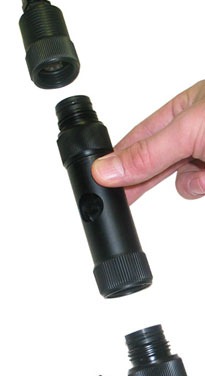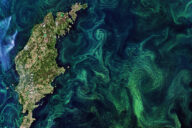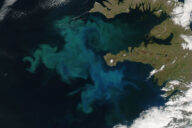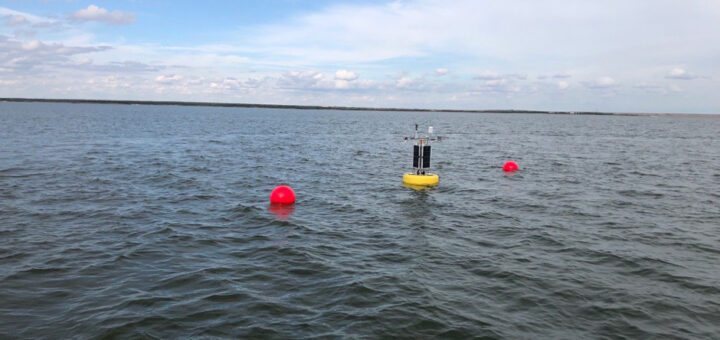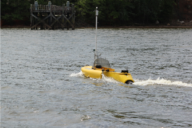Thermal Discharge Monitoring — Power Plant
0Project Overview
A power plant located on the bank of a prominent lake in the United States has threatened the lake’s natural habitat with thermal discharge. This is a form of water pollution in which the water effluent is perfectly healthy in terms of chemical makeup, but detrimental to the environment due to the high temperature at which it is released.
Lake stratification is the term used to describe the layers of water at different depths in a lake. These layers consist of water at similar temperatures that has the same density. The hot water effluent released by power plants on the shore of the lake can have drastic effects on the natural stratification.
The natural layers are disrupted by the thermal discharge. Water at high temperatures carries less dissolved oxygen than cool water. When hot water breaches a layer of cool water, the aquatic life inhabiting that layer may suffocate. The thermal discharge is also non-compliant with government-set standards for water quality.
Government agencies have enforced fines and penalties on the power plant if corrective action is not taken. The plant contacted NexSens Technology to develop a system for monitoring temperature at various levels in the lake. NexSens delivered a thermal discharge monitoring solution.
System Description
The thermal discharge monitoring system consists of an MB-300 data buoy with a T-Node temperature profiling string. The data buoy includes a NexSens SDL500R with spread-spectrum radio telemetry. The SDL500R is a submersible data logger with wireless communication capability. The logger is equipped with a high-gain radio antenna that is splash proof (but not fully submersible).
The temperature profiling system consists of a single string of NexSens T-Node water temperature sensors connected by underwater cables. Temperature data is transmitted on a 1-wire temp string bus. Data collected from the temperature string is transmitted from the SDL500R via radio telemetry to a base station located in the plant.
The system is powered by a 5-watt solar power kit attached to the surface of the buoy. The data buoy is secured by a 70-pound pyramid anchor. The anchor is connected to the buoy with a mooring line and galvanized chain. The chain functions to keep the mooring line straight and absorb shock. A Carmanah LED beacon ensures the buoy is clearly visible day and night.
In the plant, the base station consists of a NexSens 4100-BASE radio connected to a PC with iChart software. This station collects the data transmitted from the buoy. iChart software is set up to alert plant personnel automatically when temperature exceeds a specified range. Technicians can now monitor lake temperature, at various levels, in real-time.






